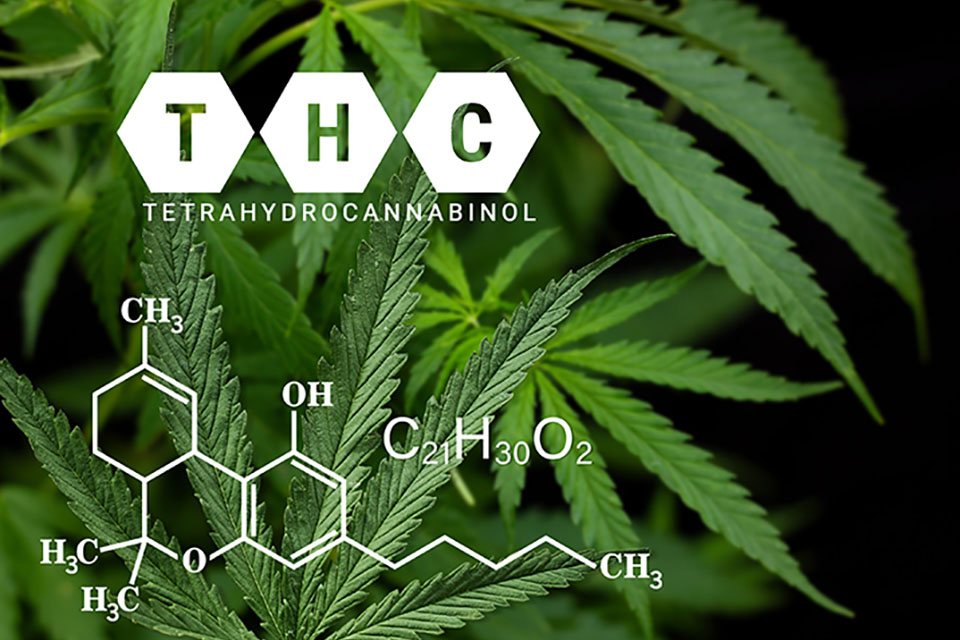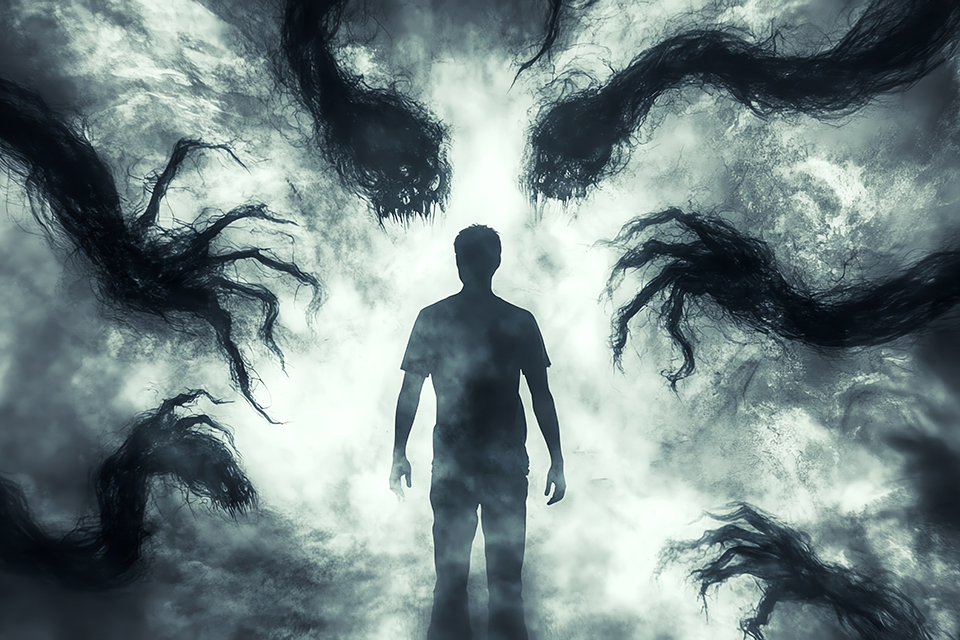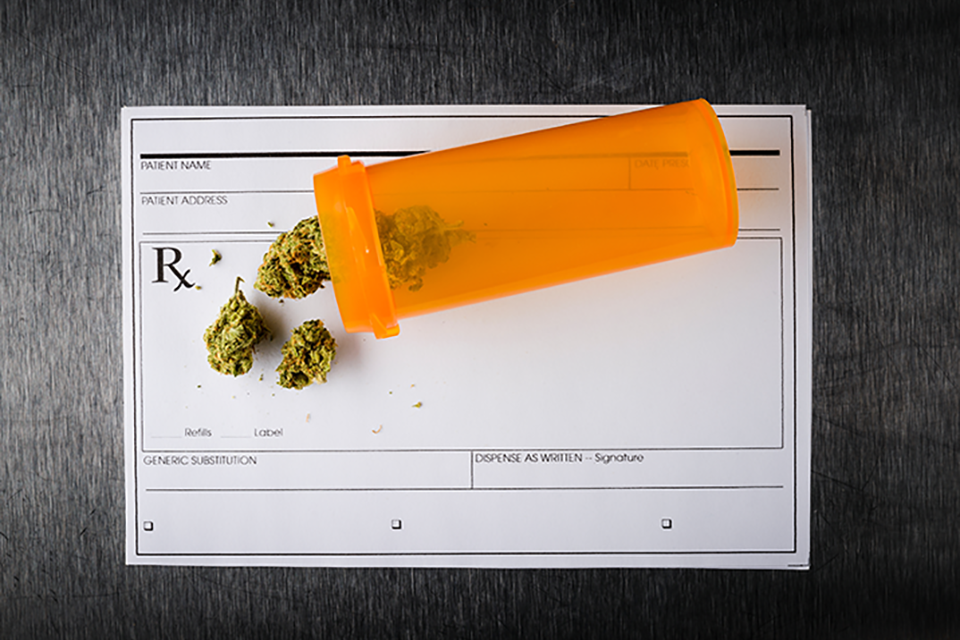
THC: What It Is and How it Affects Cannabis Users
According to the Business Insider, 33 U.S. states have legalized marijuana for medical use, and 11 allow the sale of recreational cannabis. The most recent addition to the recreational states are South Dakota and Montana. Dispensaries that offer both products are required to label them and indicate how much THC each contains.
However, there is still a lot of confusion among buyers, who often do not understand the effect of cannabinoids like THC. While consumers should always consult experts about the effects of cannabis products they buy, it is relatively easy to understand the basic facts about marijuana cannabinoids and how they interact with the body.
A Definition of THC
THC, or tetrahydrocannabinol, is a cannabinoid in marijuana that causes the euphoric feeling associated with smoking chronic. It is also present in cannabis products like oils, tinctures, edibles, and capsules.
Per medical specialists at Healthline, THC falls into the category of psychoactive compounds that alter brain function. It can affect a user’s thinking processes, perception of time, and coordination. People consuming marijuana may experience temporary memory lapses and changes in behavior.
The brain’s receptors do not react to THC unless it is activated, a process called decarboxylation. Heating marijuana starts the process and turns raw plant material into psychoactive compounds that impact the brain’s receptors. That is why smoking cannabis is a very efficient way to get a euphoric feeling. The weed seeds themselves also don’t have any THC in them, which is why you can eat handfuls of pot seeds and not get the least bit high.
Even though marijuana was only legalized in recent years, the effects of THC have been studied for decades. Israeli chemist Rafael Mechoulam did much of the early research after helpful police officers provided him with five kilograms of confiscated cannabis. In 1988, Dr. Allyn Howlett discovered the impact of THC on the brain.
Why the Focus on THC?
THC is only one of 85 cannabinoids found in marijuana plants. However, it has unique properties that cause it to produce especially strong psychoactive effects. The answer is in its molecular structure. THC is ideally shaped to fit well with the human brain’s cannabinoid receptors, which are also called binding sites. Binding sites are part of the endocannabinoid system, which regulates several areas, including communication and memory.
The Human Body’s Reaction to THC
A human body produces natural cannabinoids that interact with receptors to regulate critical functions such as memory, feelings, and thoughts. When users consume THC, it interferes with a host of these processes. According to advisors for the online publication Scholastic, THC prevents natural cannabinoids from fine-tuning neuron communications. That can throw off a person’s entire system.
Users feel psychoactive effects within 30 minutes after THC is introduced into the body. Reactions can differ from user to user and are impacted by the strength of marijuana. Most people feel relaxed and happy, and many get the giggles. Since marijuana stimulates the appetite, it can also cause the famous “munchies” or cravings for certain foods. Within about three hours, users may also experience drowsiness, dry mouth, and red eyes.
THC is a pain reliever but does not work the same way as opioids like morphine, heroin, and drugs made from poppies. These powerful substances bind to brain receptors, making it easy for users to get addicted.
There is no reliable research that can predict the long-term effects of frequent marijuana use; however, it is generally accepted that it can lead to some memory loss.
Eliminating THC from the Body
Most marijuana users want to know how long THC remains in their bodies and whether there are ways of eliminating it more quickly. It is a common worry among those whose employers test for drugs. Companies generally use urine tests that measure the metabolite THC-COOH. However, there is no one-size-fits-all way to determine how long traces of it remain in the system. Results depend on how much users consume and how often. Evidence of cannabis can be gone from light users’ bodies in three days and remain up to three months after heavy use.
Drinking lots of water is the best way to speed up the process and has the added benefit of diluting urine, which may also help produce negative test results.
Risk Factors Involved in Marijuana Use
Although cannabis has many benefits, it can also produce unwanted side effects in some instances.
THC in cannabis may trigger relapses in users who have schizophrenia. It also impacts motor skills and is the second most common psychoactive substance associated with driving issues. Only alcohol is responsible for more impaired drivers. A good rule of thumb is to wait at least three hours after smoking marijuana before driving a vehicle.
There is a risk of overdosing on marijuana, a problem most commonly associated with edibles. Users consuming edibles do not feel the effects immediately, so it is easy for them to ingest unsafe amounts. Edibles can also be very potent and cause results that last a lot longer than they would by smoking marijuana. For example, those inhaling THC typically feel the effects for forty-five minutes to three hours. Effects caused by ingesting edibles could last six to eight hours.
Although research is not complete, there is also some evidence that long-term cannabis use could cause infertility in either sex. Users might develop airway problems. Cognition and long-term memory may be affected, especially in adolescents and babies exposed to THC soon after birth.
THC and Medical Marijuana
Medical marijuana is a relatively new phenomenon in the U.S., but healers in other cultures have used it for thousands of years. Civilizations have considered cannabis herbal medicine since 500 B.C.
Today medical marijuana dispensaries are standard in many countries around the world. They are now popping up all over the U.S. Suppliers fill prescriptions for patients suffering from conditions like AIDS and cancer. Dispensaries carry natural cannabis as well as synthetic marijuana called dronabinol that is extracted from cannabis plants.
Doctors prescribe cannabis because the THC it contains is a neuroprotectant that shields brain cells from inflammation and oxidative stress. THC can even promote neurogenesis, which is the growth of new brain cells.
When used carefully and monitored by a health professional, marijuana helps patients regain their appetites and sense of taste, common problems during cancer treatment. Cannabis also has pain-killing properties that are beneficial to patients who have had significant surgeries or suffer from nervous system injuries. Medical marijuana improves some skin conditions and has been shown to slow prostate cancer growth.
Medical professionals may also prescribe it to treat stroke, atherosclerosis, sleep apnea, PTSD, Parkinson’s, M.S., neuropathic pain, and glaucoma.
CBD: The Other Popular Marijuana Cannabinoid
Vendors who supply marijuana also offer products containing CBD, the most commonly used marijuana cannabinoid after THC. CBD does not contain psychoactive compounds and will not alter users’ actions, thoughts, or feelings. There is evidence that it may slow the psychoactive effects of THC, but studies are incomplete.
CBD offers many of the same benefits as THC and is included in a range of products designed for humans and pets. Practitioners recommend it for patients suffering with:
- Pain
- Mental disorders
- Nausea
- Anxiety
- Depression
- Seizures
Marijuana THC Levels Can Differ
The effect cannabis has on users depends mostly on the level of THC it contains. Marijuana’s potency varies widely from one strain to another. Other factors that can determine THC levels include growing environments and genetics.
Strains like hemp are often used for medical purposes because their THC levels can be as low as .05%. In comparison, there are marijuana strains with concentrations of 20%. Common low-potency cannabis strains average levels of 1%-5%. Hashish can contain between 5% and 15%, while hashish oil is typically around 20%.
Since recreational marijuana levels vary widely, it is easy for buyers to find strains that work for them. Those who enjoy smoking a lot can avoid unwanted side effects by opting for strains with low THC levels. Users who do not often smoke or like to feel the effects quickly do best with marijuana containing high levels. Dispensaries selling recreational cannabis offer a menu of options and can guide customers’ choices.
THC and Cannabis
Even within the same cannabis strains, not all plants produce the same amount of THC. Female plants that have not been fertilized or pollinated are known as “sensimilla” and are the most abundant sources. Strains that are already strong when they are fertilized get stronger if they are not fertilized.
American cannabis growers ensure THC-rich crops by removing male plants to prevent them from fertilizing females. However, even unfertilized females can become stressed and produce male flowers. They become self-pollinating and can fertilize nearby female plants.
To ensure a healthy harvest of cannabis that produces a robust supply of THC, growers may use feminized seeds designed to produce only female plants. If they plant regular seeds, growers need to work quickly to destroy male plants before they mature.
As marijuana becomes legal in more areas of the world, there is an increased focus on its THC content. THC is a cannabinoid that affects the human brain by altering moods and behavior. It is found in both recreational and medicinal marijuana. A variety of factors determine THC levels in cannabis. Because it is psychoactive and impairs some of the body’s functions, marijuana users should be cautious about driving after using marijuana.
Here at kindseed.com we are not only committed to greatness in our own business practice, but also committed to helping our growers achieve greatness themselves as well. Whether you live in Georgia, Missouri, or Tennessee, we can make sure to get you’re a strain of cannabis seed that will grow well in your climate. Don’t hesitate to contact our sales team at Call US for assistance with completing your order.



